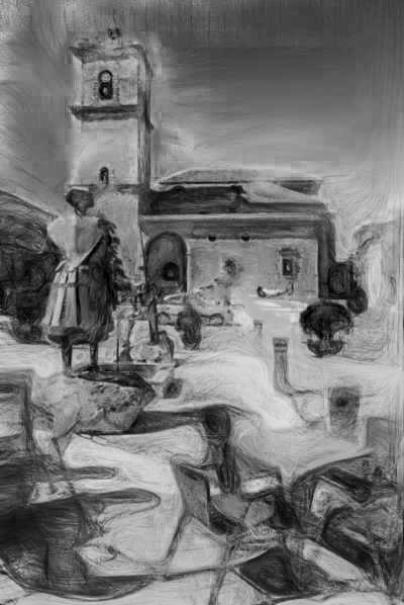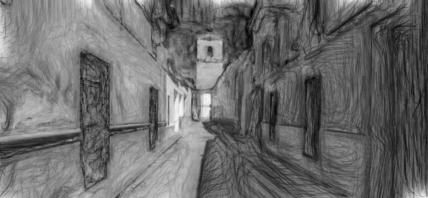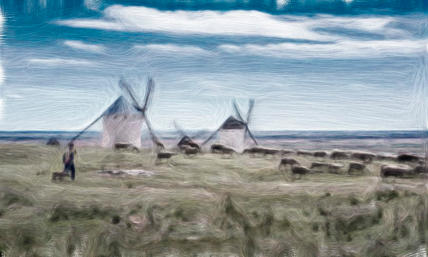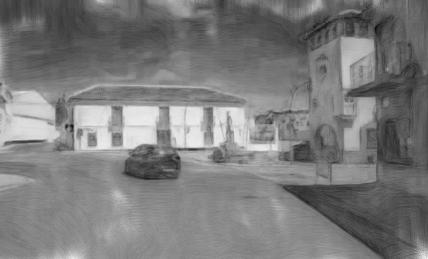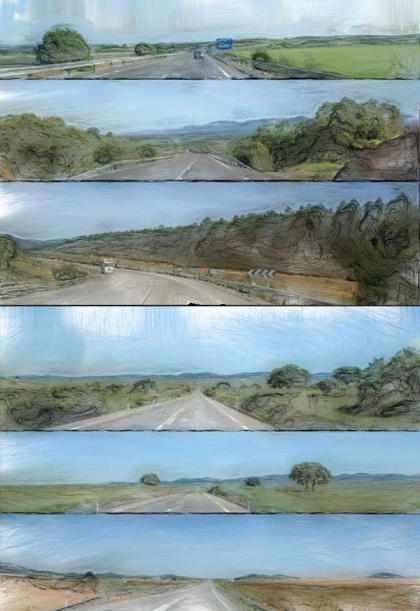April 25, Cordoba -> Campo de Criptana -> El Toboso -> Consuegra
Having read Cervantes’ “Man of La Mancha” years earlier and having just finished Graham Greene’s “Monsiegneur Quixote”, I could not leave Spain without seeing the dry plain, small towns, and windmills of la Mancha. I especially wanted to visit El Toboso, home of Don Quixote's unrequited love, Dulcinea. I wanted to see just how commercialized the town would be. We drove northeast, skirting the Sierra Moreno Mountains, climbing slowly through mixed forage, cereal, and olive groves, to open oak then closed pine plantations before descending through oak forest, back to forage, and finally to the vineyards and olive groves of the open La Manchan plain. En route to El Toboso was the picturesque rural town of Campo de Criptana. We drove through the town to a dirt track that took us around and up to the hill above. A shepherd, wearing a wool cap and pants, bright ski jacket, and hiking boots, staff in hand, lunch in his backpack, and dog at his side kept watch over his grazing flock. Large featureless white towers, with black conical roofs and large skeletal sails, ancient windmills, stood sentinel atop the treeless hill. The warmth of the harsh mid-day sun could not quite overcome the chill of the breeze as our shepherd and his flock moved slowly among the Quixotic giants. The image of a gaunt and lanky knight sitting astride a bony nag and calling challenge to the mills came unbidden to my mind. We crested the hill and the image dissipated as a large parking lot, museum, and restaurant complex came into view. While exploring the mills and surrounding area I was sorely tempted to wait for better light to take advantage of the spectacular location but we headed off to nearby El Toboso thinking that we might return near sunset. I expected tourist shops with small statues and dolls, black velvet paintings, and jig saw puzzles of the Don, Dulcinea, Sancho, and Roxinante; armour, lances, windmills, three legged stools with red velvet cushions, and the like. Instead we found a lovely little town of quiet streets, homes, shops, churches, and a quiet welcoming main square. Admittedly there was large portrait of a reclining Dulcinea on the town's water tower, there was a modern metal sculpture of Don Quixote and Dulcinea in the square, they charged admission to the church, and there was an inconspicuous Cervantes centre, but all in all, in rather good taste (I shudder to think what kind of theme park it would have become in the US or Canada). At the edge of town, in the late afternoon sun, an elderly lady in hot pink coat and knee-high elastic hose sat alone on a park bench in front of a small church. At the town square three young men lounged indolently in front of the empty tables of the restaurant across the square from the church, and an angular metal Don Quixote in full armour knelt before an imperious, if dumpy, Dulcinea. We saw only one other couple, the restaurant/bar, the church, and the museum were closed. Rather than return to Campo de Criptana, we decided to try for sunset at the windmills of Consuegra. We arrived early enough to scout the windmills and find a place to free camp. Siesta was over and people gathered to socialise in the streets as we drove through the edge of town. We found a small park just below the windmills where families were picnicking and children played football in a parking area that might work as a bivouac. A little worried about a possible Friday night party we went to look for the "free" campsite listed in our camping guide. We found the large parking lot next to the football stadium but it was very unappealing and isolated. While debating whether to stay there or at a park near the windmills a Dutch lady (Lilian) traveling by herself in a motorhome pulled in and asked if we were staying. We told her of the park, discussed the relative probabilities of Friday night partiers at each place, and then led her up to the windmills. By the time the photographic magic hour arrived, the clouds were filling in and the light was iffy, but it did give up a few opportunities. By now the small park just down the hill had nearly emptied and we spent the night in the company of Lilian and two French motorhomes. Lilian invited us for a dinner of prepackaged me goreng (fried noodles). We spent a pleasant evening and had a quiet night. I was up early the next morning hoping that the low sun and broken cloud would provide some interesting light. It was downright cold atop the hill but occasionally a wonderful light would break through the cloud. The challenge was being in the right place at the right time. The wind cut through my jacket and numbed my fingers making it difficult to sit and wait but I did get some good opportunities. I confess to being relieved when the cloud closed in completely, the chance for good light was gone, and I returned to the warmth of the van.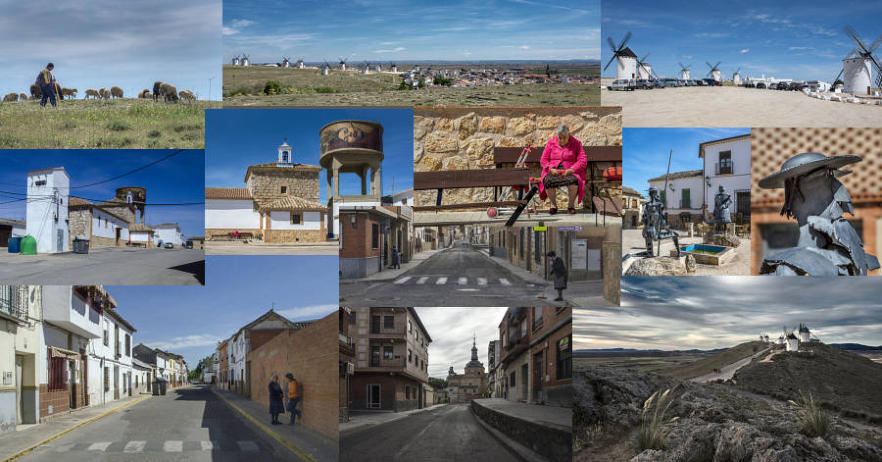


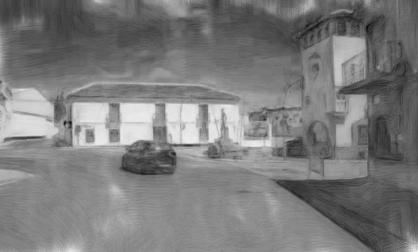
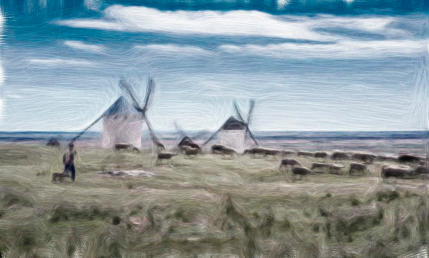
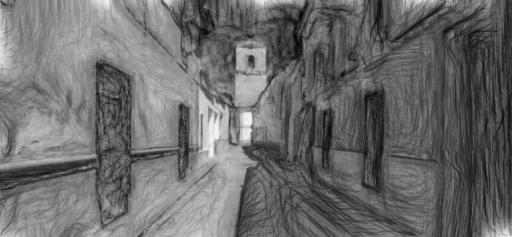
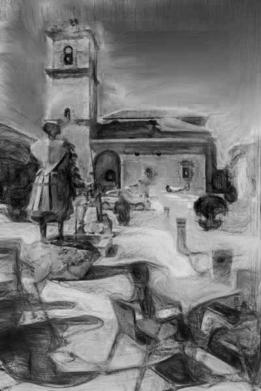
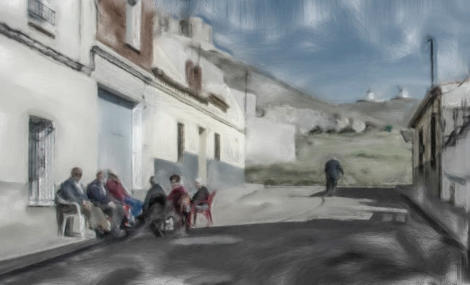
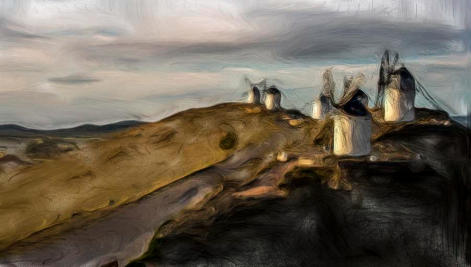

© David E. Moon, 2014 All rights reserved





by David E. Moon
A Sense of Place: Travel, Photography, and Photo-art
April 25, Cordoba -> Campo de Criptana
-> El Toboso -> Consuegra
Having read Cervantes’ “Man of La Mancha” years earlier and having just finished Graham Greene’s “Monsiegneur Quixote”, I could not leave Spain without seeing the dry plain, small towns, and windmills of la Mancha. I especially wanted to visit El Toboso, home of Don Quixote's unrequited love, Dulcinea. I wanted to see just how commercialized the town would be. We drove northeast, skirting the Sierra Moreno Mountains, climbing slowly through mixed forage, cereal, and olive groves, to open oak then closed pine plantations before descending through oak forest, back to forage, and finally to the vineyards and olive groves of the open La Manchan plain. En route to El Toboso was the picturesque rural town of Campo de Criptana. We drove through the town to a dirt track that took us around and up to the hill above. A shepherd, wearing a wool cap and pants, bright ski jacket, and hiking boots, staff in hand, lunch in his backpack, and dog at his side kept watch over his grazing flock. Large featureless white towers, with black conical roofs and large skeletal sails, ancient windmills, stood sentinel atop the treeless hill. The warmth of the harsh mid-day sun could not quite overcome the chill of the breeze as our shepherd and his flock moved slowly among the Quixotic giants. The image of a gaunt and lanky knight sitting astride a bony nag and calling challenge to the mills came unbidden to my mind. We crested the hill and the image dissipated as a large parking lot, museum, and restaurant complex came into view. While exploring the mills and surrounding area I was sorely tempted to wait for better light to take advantage of the spectacular location but we headed off to nearby El Toboso thinking that we might return near sunset. I expected tourist shops with small statues and dolls, black velvet paintings, and jig saw puzzles of the Don, Dulcinea, Sancho, and Roxinante; armour, lances, windmills, three legged stools with red velvet cushions, and the like. Instead we found a lovely little town of quiet streets, homes, shops, churches, and a quiet welcoming main square. Admittedly there was large portrait of a reclining Dulcinea on the town's water tower, there was a modern metal sculpture of Don Quixote and Dulcinea in the square, they charged admission to the church, and there was an inconspicuous Cervantes centre, but all in all, in rather good taste (I shudder to think what kind of theme park it would have become in the US or Canada). At the edge of town, in the late afternoon sun, an elderly lady in hot pink coat and knee-high elastic hose sat alone on a park bench in front of a small church. At the town square three young men lounged indolently in front of the empty tables of the restaurant across the square from the church, and an angular metal Don Quixote in full armour knelt before an imperious, if dumpy, Dulcinea. We saw only one other couple, the restaurant/bar, the church, and the museum were closed. Rather than return to Campo de Criptana, we decided to try for sunset at the windmills of Consuegra. We arrived early enough to scout the windmills and find a place to free camp. Siesta was over and people gathered to socialise in the streets as we drove through the edge of town. We found a small park just below the windmills where families were picnicking and children played football in a parking area that might work as a bivouac. A little worried about a possible Friday night party we went to look for the "free" campsite listed in our camping guide. We found the large parking lot next to the football stadium but it was very unappealing and isolated. While debating whether to stay there or at a park near the windmills a Dutch lady (Lilian) traveling by herself in a motorhome pulled in and asked if we were staying. We told her of the park, discussed the relative probabilities of Friday night partiers at each place, and then led her up to the windmills. By the time the photographic magic hour arrived, the clouds were filling in and the light was iffy, but it did give up a few opportunities. By now the small park just down the hill had nearly emptied and we spent the night in the company of Lilian and two French motorhomes. Lilian invited us for a dinner of prepackaged me goreng (fried noodles). We spent a pleasant evening and had a quiet night. I was up early the next morning hoping that the low sun and broken cloud would provide some interesting light. It was downright cold atop the hill but occasionally a wonderful light would break through the cloud. The challenge was being in the right place at the right time. The wind cut through my jacket and numbed my fingers making it difficult to sit and wait but I did get some good opportunities. I confess to being relieved when the cloud closed in completely, the chance for good light was gone, and I returned to the warmth of the van.


A Sense of Place: Travel, Photography, and Photo-art

© David E. Moon, 2014 All rights reserved




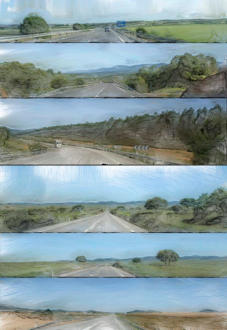
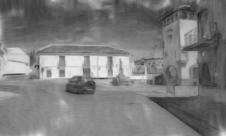


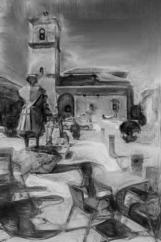
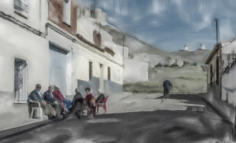
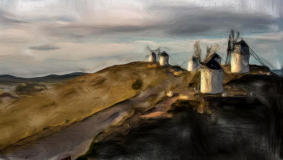
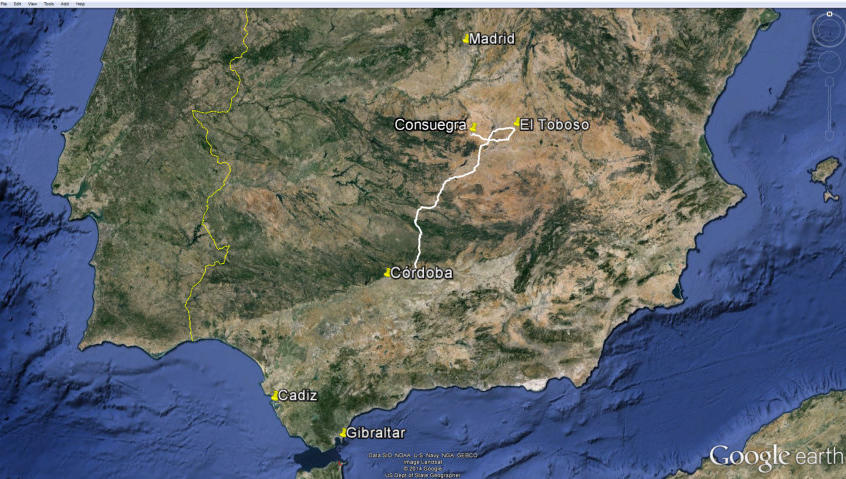


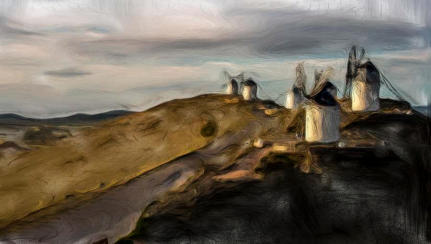
![Close [x]](index_htm_files/close.png)


